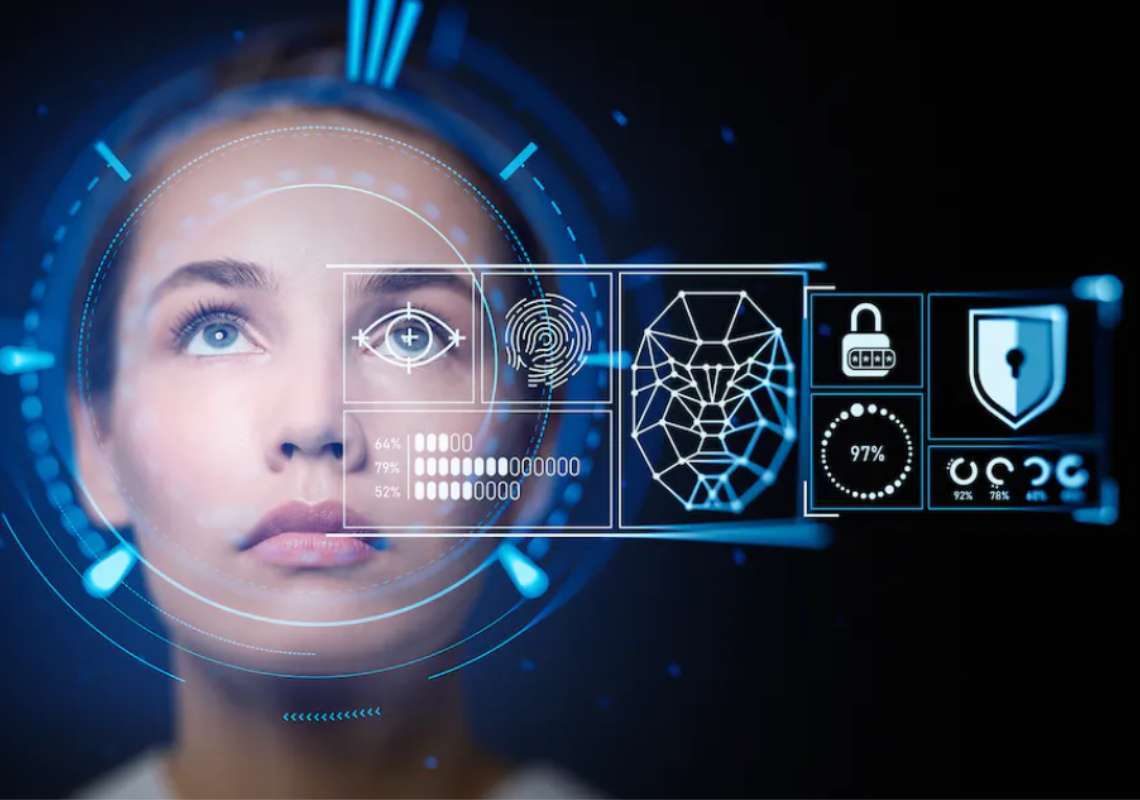Luxury Beyond Imagination: Meet the 5 Most Expensive Handbags
A technique for recognising or confirming a person's identification using their face is facial recognition. People can be recognised in real time, on camera, or in pictures using facial recognition software. Mobile devices may potentially be used by law enforcement to identify people during police stops. This technology is roughly 50 years older than I am. Woodrow W. Bledsoe, a pioneer in artificial intelligence, developed it in 1967 using the RAND tablet, a computer graphics input device.
How does this method function?
Facial recognition systems are used by computer algorithms to recognise specific well-known traits on a person's face. The data is then transformed into a numerical model and contrasted with data gathered from a face recognition database about other faces. The area between the eyes or the chin's contour are two examples of these features. Face-specific data is occasionally referred to as a face template since it is designed to only include specific attributes that can be used to separate one face from another.
Positive aspects of facial recognition:
- Fastest method: Facial recognition technology makes remote authentication quick and simple.
- User experience: Facial recognition systems offer a simple, organised, and quick user experience, doing away with the need for lengthy wait times or video conferences.
- Security: Just like fingerprints or voices, each face is unique and has distinguishing features. In facial recognition systems, programmes, and matching software, facial biometrics and facial recognition algorithms are utilised.
- Compliance: Facial recognition using video identification is the only method recognised as a standard for remote identity verification for high-risk operations. (establishing bank accounts, executing agreements, etc.).
The course that society takes from here will probably involve both changes in the way that the government operates and modifications in how people behave personally, but the debate over this technology is not going away any time soon. Facial recognition is merely software, like any other technology, but Mutale Nkonde points out that how society utilises it will determine if it is effective: "My point of intervention is how this tool affects our civil and human rights because I think all technology is agnostic."










